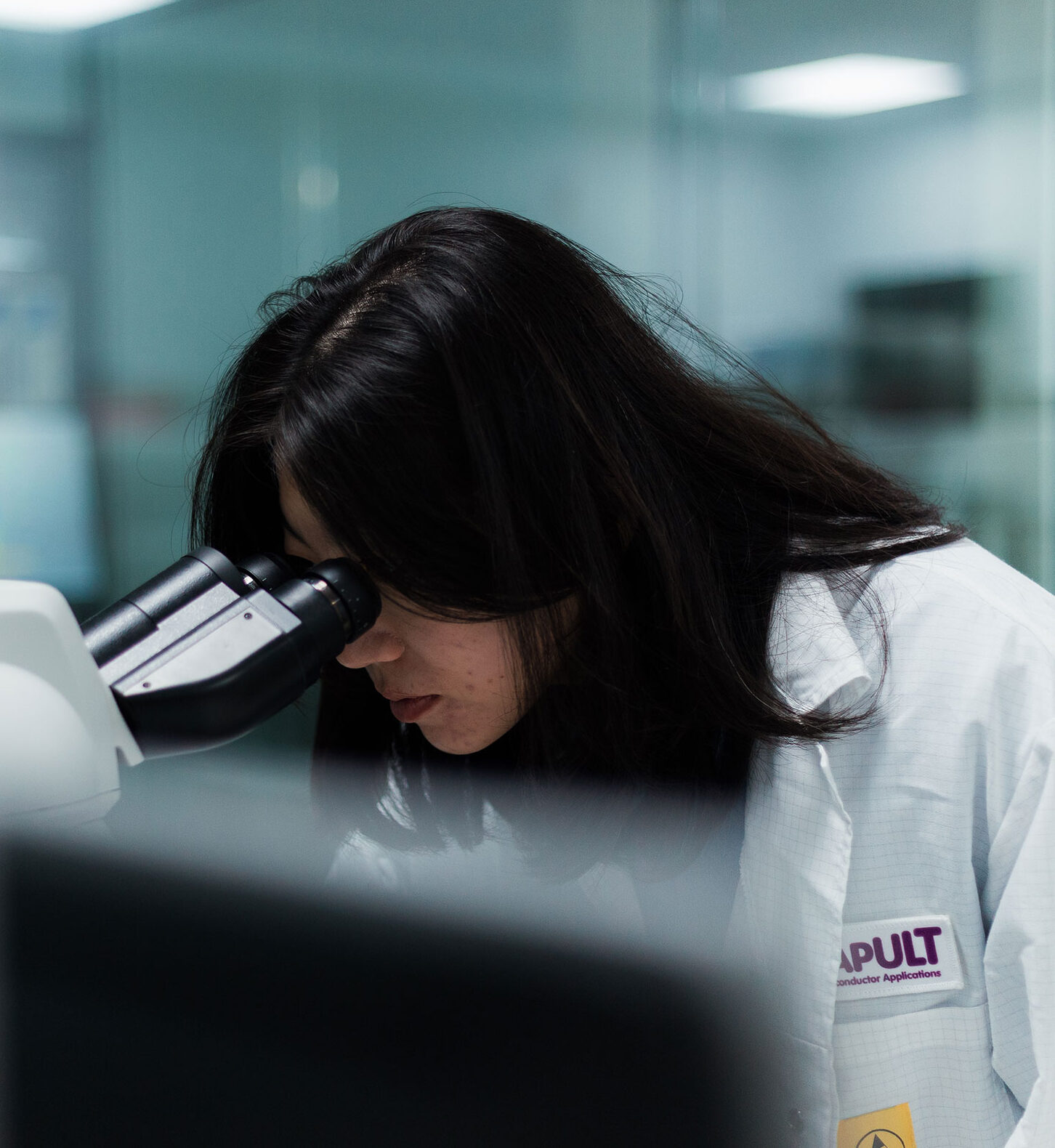Technical breakthroughs highlighted in the paper
(NZ) The paper, part of an ongoing research agreement between CSA Catapult and Bristol University, explores a filterless SDM network using multi-core fibres and adaptive network topologies.
In the paper, we identify that detailed simulations validate the effectiveness of the proposed network architecture in reducing both hardware cost and service blocking probability.
The next stage of the project involves field testing and developing the integrated photonic hardware to validate these results.
CSA Catapult’s role in the technology
(NZ) CSA Catapult’s contribution in the project focuses on hardware development.
The Catapult has a dedicated Future Telecoms Hub based in Bristol focused on the teams’ extensive expertise in photonic and radio frequency hardware development, playing a crucial role in this translational technology.
Benefit to customers
(NZ) As part of the project, the Smart Internet Lab at Bristol University proposed a Reconfigurable Optical Add-Drop Multiplexers free (ROADM) filterless SDM node architecture for MCF-based metro and core networks. This new solution significantly lowers the overall hardware cost and improves the resource utilisation compared to the traditional ROADM-based node design.
Meanwhile, the Future Telecoms Hub at CSA Catapult is proving that this new architecture can be implemented using advanced silicon photonics technology to further optimise the size, weight, power and cost (SWaP-C) of the proposed RODAM-free solution.
The combination of this ROADM-free node architecture and customised integrated photonic hardware positions the outcomes of this project a promising Net Zero network solution.
In future, we aim to explore the topology optimisation method of the proposed filterless SDM network, alongside continued photonic hardware prototyping to fully harness its potential.
Click here to learn more about the conference and papers.







